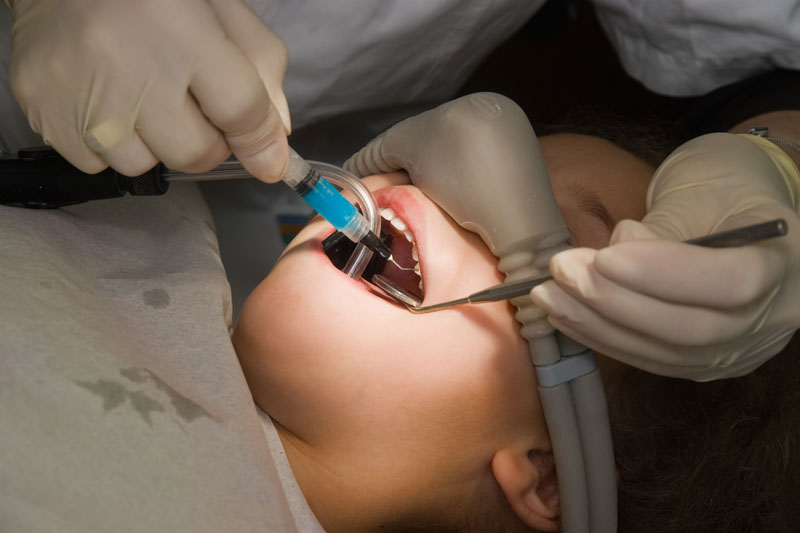Sedation Dentistry: A Gentle Path Forward in Pediatric Care
Sedation Dentistry: A Gentle Path Forward in Pediatric Care
When Routine Becomes Difficult
Dental visits, for most children, follow a predictable rhythm—cleanings, checkups, perhaps a sealant or two. But not every kid fits this mold easily. Some children become scared because of unfamiliar sounds, hands so close, or the thought of being uncomfortable.
For children with developmental disabilities, anxiety disorders, or medical histories that make cooperation challenging, even the simplest task can seem impossible. Sedation dentistry is not a quick fix; it is a carefully planned approach that addresses both the child's emotional needs and the clinical requirements of treatment.
What Sedation Really Means
Sedation in dentistry is often misunderstood. It doesn’t always mean unconsciousness. Most cases involve mild to moderate sedation—techniques that reduce anxiety while allowing the child to breathe independently and respond to gentle prompts.
Common Types of Sedation
- Inhaled nitrous oxide: A subtle calming effect within minutes with minimal lingering drowsiness—often the first choice for short, straightforward visits.
- Oral sedatives: Flavored liquids or dissolvable tablets used when more time is needed or distress is greater. They relax the child enough for the dental team to work without causing complete unconsciousness.
- IV sedation / General anesthesia: Deeper sedation used selectively for extensive treatment or children who cannot tolerate lighter methods. These are used with additional precautions and monitoring.
When Is It Appropriate?
The decision to use sedation is clinical, not merely a matter of preference. Dentists consider multiple factors before recommending sedation:
- Has the child previously required physical restraint to complete dental care?
- Is the child unable to remain still due to conditions like ADHD or cerebral palsy?
- Does the medical history (seizures, cardiac issues, etc.) make stress a health risk?
Parents are an essential part of the decision. The discussion is deliberate and thorough—medical history is reviewed, options are explained, and the sedation level and method are chosen carefully.
Monitoring and Medication
Every sedation method relies on precise monitoring. During the procedure, trained staff track:
- Heart rate
- Breathing patterns
- Oxygen saturation
- Level of responsiveness
These medications have a long history of pediatric use. Research on nitrous oxide, hydroxyzine, and midazolam indicates predictable effects and safe recoveries when administered by trained professionals under appropriate monitoring.
Beyond Comfort: Broader Benefits
Sedation dentistry gives both the dentist and the child time: time to work thoroughly and time for the child to remain calm and comfortable.
- Multiple treatments can often be completed in a single visit under sedation, reducing repeat appointments.
- It prevents emotional buildup from repeated stressful visits.
- It can help build trust—many children transition to routine visits over time after positive sedated experiences.
Considerations and Cautions
Sedation is not suitable for every child or every procedure. Examples of precautions:
- Children with certain airway risks or metabolic conditions may need alternative accommodations.
- Respiratory infections (colds, flu) may require postponing the appointment.
- Fasting before some types of sedation is required; aftercare may include several hours of quiet rest at home.
Pediatric dental offices that provide sedation follow strict protocols and maintain emergency equipment—adverse reactions are rare, and teams are trained to respond to any scenario.
Looking Ahead
Sedation dentistry isn't about skipping care; it is about making care possible when standard methods don't work. It respects each child's uniqueness and helps ensure they receive the same quality of care others receive.
Over time, as children grow more comfortable and their experiences become more predictable, sedation is often needed less. It is a tool used safely and thoughtfully—not a crutch.
Schedule a Consultation
To learn more about whether sedation dentistry is right for your child, call us at (714) 978-4785 and schedule a consultation.


